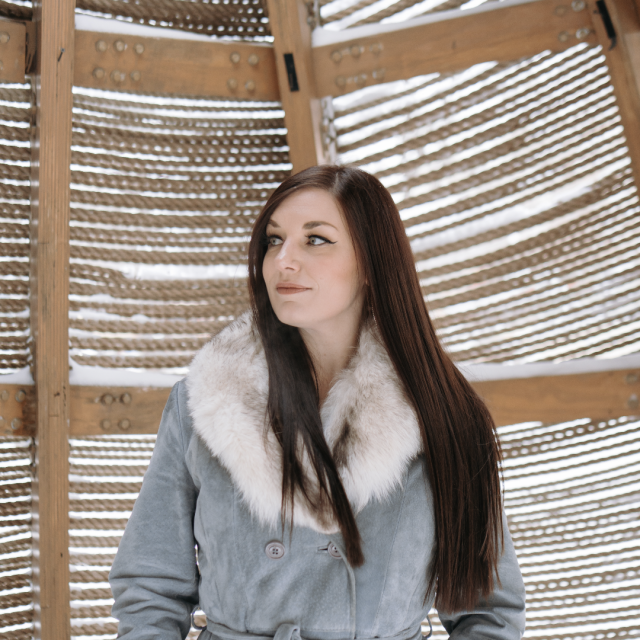The Suburbs
The place where I lived my childhood is gone.
The street is still there, but the deep ditches where I used to watch tadpoles and, later in the season, scoop frogs into my tiny hands, are gone.
The bridges that extended over them where I spent hours on my tummy, watching the water rush through the long grass with my friends, have been dismantled and taken away.
The fields on either side of my street, which connects Main Street to McPhillips Avenue, have been swallowed up by cheap particleboard, concrete driveways, and houses in pale, inoffensive shades of beige and grey stucco.
In the spring we would put on our too-big rubber boots and wade through the flooded plain, chasing each other through the tall green and orange plants. We used to pull bulrushes, fat and bulbous, apart above our heads, showering everything in their soft wool and watching it drift away in the wind.
We spent our summer afternoons climbing around an old, small hill covered in trees at the end of a dirt road that ran parallel to a ditch which ran parallel to the train tracks. There were old, large pieces of concrete that we, using all of our collective strength, pushed into "couches" and "chairs" to sit on in place of the long grass, which had spiders hiding in it.
There were small burned-out areas where older kids tried to start fires every summer, and the black, charred remains of the trees fascinated us. Especially when, against all odds, they would begin to bloom again in the following year.
The city would come and re-tar our back lane in the middle of the summer and our naked feet would get sticky-black as we chased each other on bikes or on foot over the newly-filled potholes.
One summer we had mice in our attic. I remember my dad pulling one, stiff with rigor mortis, out of a trap that he had set and saying to my mother, who was delirious with anxiety "we live next to train tracks and have fields on both sides of the street. What did you expect?"
In the winter more City workers came in huge plows to clear the back lane, pushing aside the snow to form a jagged, uneven wall along the lane that we would climb over in our thick snow pants. At night we would toboggan in the glow of the streetlights.
I would to fall asleep to the sound of the trains going by. The sound still soothes me.
I used to look out from my parents' bedroom window, over the lane and over the field behind our house. Before I was born you could see right to the Perimeter Highway, but slowly newer developments began popping up and creeping ever-closer.
We moved when I was ten, before the suburbs crept nearer and took over. There had been talk of a wall to divide the new subdivision with my old back lane; now there is a tastefully-high fence that runs along the outer edge of the yards.
My old street runs like a vein between two new subdivisions, which flattened the hill and cast big, imposing shadows over the little houses on Murray Avenue. It once felt worlds apart from the suburbs, but in recent years has become consumed by it.
I've heard people talk about having to drive up my old street to get to their identical, perfectly-paved streets which lead to their identical stucco houses with their identical yards with a single tree in front.
They talk about the old, dated duplexes with brown wood features and chain-link yards; the useless, weird, vacant space in front of their property where the ditches used to be; the back lanes that spoil their view.
They can't see it for the beautiful place that it was because the suburbs have consumed what made it so magical.
On the surface it feels like I've lost that place forever. That it was surrendered to the inevitable march of progress, to urban sprawl, to hastily-constructed homes with no soul.
But Murray Avenue still has a heart. You just have to know where to look.
Come with me, sometime. I'll show you.

